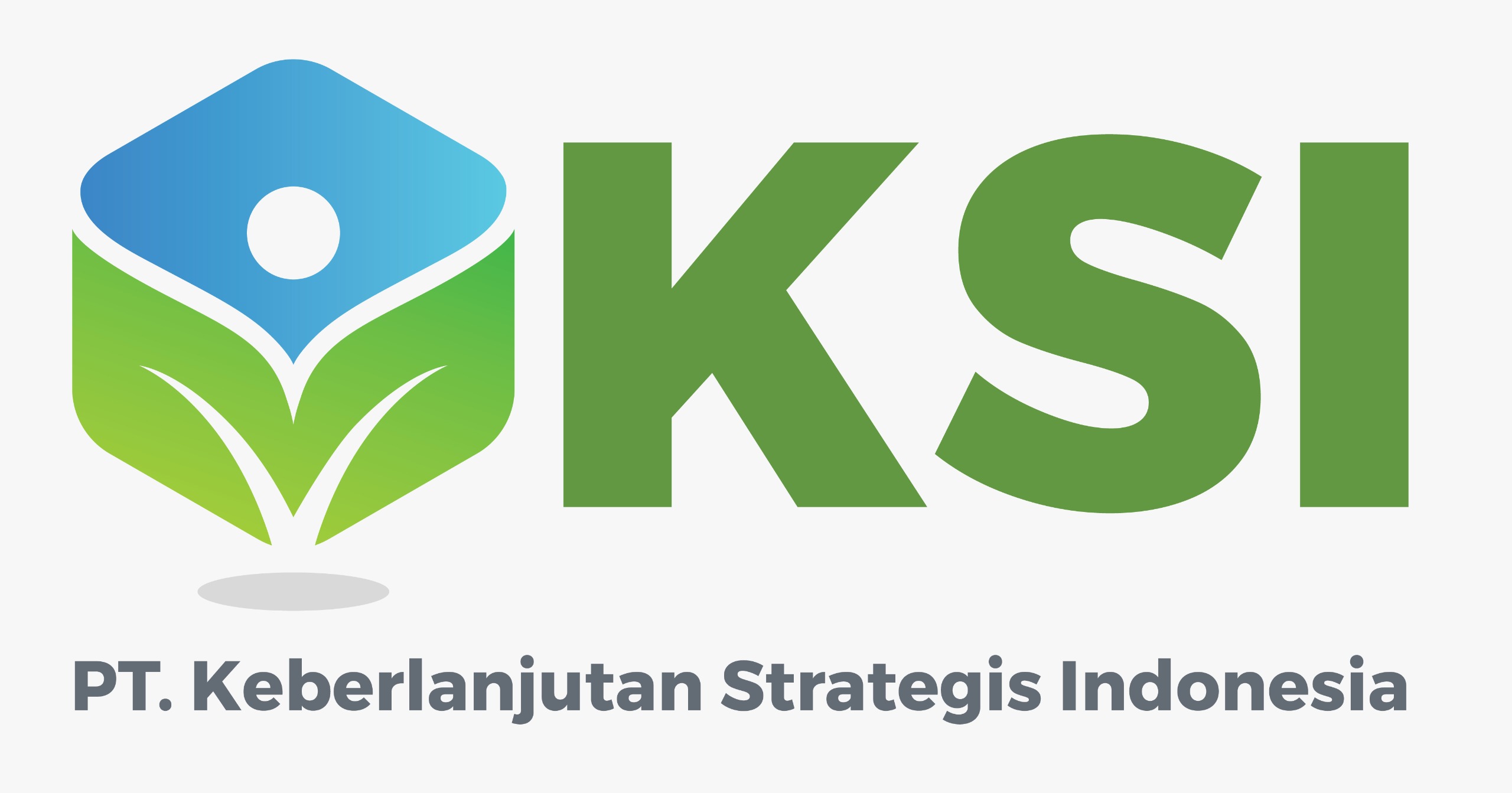Audience Perception of Broadcast Media Coverage of the Effect of the Covid-19 Pandemic on Women in Rural Communities in Edo State, Nigeria
DOI:
https://doi.org/10.38142/ijssc.v1i4.106Keywords:
Audience Perception, Broadcast Media, Coverage, Effect, Covid-19 Pandemic, Women, Rural CommunitiesAbstract
Purpose:
This study examines audience perception of broadcast media coverage of the effect of the COVID-19 pandemic on women in rural communities in Edo State. The researcher embarked on this study with the intent of achieving three objectives, and based on the objectives of the study, three research questions were formulated to serve as a guide for this study.
Methodology:
The study is anchored on the attitude change theory, and data was collected through the secondary data collection method. Findings show that Women in rural areas have been disproportionately affected by the pandemic, as they often face unique challenges such as limited access to healthcare, education, and economic opportunities.
Findings:
These challenges have been exacerbated by COVID-19 and the measures implemented to contain its spread, such as lockdowns and travel restrictions. This study recommends that broadcast media coverage of the effects of COVID-19 on women in rural communities should focus on human stories that resonate with the audience.
Implication:
It can be achieved by featuring real-life women from rural communities affected by the pandemic. The media can showcase how COVID-19 has impacted these women, their challenges, and how they cope. By highlighting individual stories, the media can make the issue more relatable to the audience, which will help to increase engagement and understanding.
Downloads
References
Baran, S. (2002). Introduction to Mass Communication: Media Literacy and Culture. New York; Mc-Graw Hill
Baran, S. & Davis, D. (2012). Mass Communication Theory: Foundations, Ferment and Future. (4th edition). Belmont, CA: Thomson Wadsworth.
Babayo, S. U. L. E., & DERIBE, A. U. (2023). Population Bulge and Food Security in Nigeria: A Positive or Negative Nexus. Integration: Journal Of Social Sciences and Culture, 1(2), 92-101. https://doi.org/10.38142/ijssc.v1i2.91
Bernard, J., Steinführer, A., Klärner, A., & Keim-Klärner, S. (2023). Regional Opportunity Structures: A Research Agenda to Link Spatial and Social Inequalities in Rural Areas. Progress in Human Geography, 47(1), 103-123. https://doi.org/10.1177/03091325221139980
Conner, B. (2011). The Biggest Threats to Nigeria Managing COVID-19; Panic, Politics, and Indecision, Retrieved from: https://theconversation.com/the-biggestthreats-to-nigeriamanaging-covid-19panic-politics-and-indecision-134756
Day, B. A., & Monroe, M. C. (2000). Environmental Education & Communication for a Sustainable World: Handbook for International Practitioners. Academy for Educational Development, 1825 Connecticut Avenue, NW, Washington, DC 20009.
Donohue, R. J., Roderick, M. L., & McVicar, T. R. (2011). Assessing the Differences in Sensitivities of Runoff to Changes in Climatic Conditions Across a Large Basin. Journal of Hydrology, 406(3-4), pp. 234–244. https://doi.org/10.1016/j.jhydrol.2011.07.003
Flora, A., Klisch, T. J., Schuster, G., & Zoghbi, H. Y. (2009). Deletion of Atoh1 disrupts Sonic Hedgehog Signaling in the Developing Cerebellum and Prevents Medulloblastoma. Science, 326(5958), 1424-1427. https://doi.org/10.1126/science.1181453
Gupta, R., Deedwania, P. C., Sharma, K., Gupta, A., Guptha, S., Achari, V., ... & Gupta, R. (2012). Association of Educational, Occupational, and Socioeconomic Status with Cardiovascular Risk Factors in Asian Indians: A Cross-Sectional Study. https://doi.org/10.1371/journal.pone.0044098
He, Z., Ren, L., Yang, J., Guo, L., Feng, L., Ma, C., ... & Wang, C. (2021). Seroprevalence and Humoral Immune Durability of Anti-SARS-Cov-2 Antibodies in Wuhan, China: A Longitudinal, Population-Level, Cross-Sectional Study. The Lancet, 397(10279), 1075-1084. https://doi.org/10.1016/S0140-6736(21)00238-5
Mefalopolous, P. (2008). Development Communication Source Book: Broadening the Boundaries of Communication. Washington DC: The World Bank
Nigeria Centre for Disease and Control. (2020). COVID-19 Outbreak in Nigeria Situation Report. Retrieved from ncdc.gov.ng: https://ncdc.gov.ng/diseases/sitreps/?cat=14&name=An%20update%20of%20COVID-19%20outbreak%20in%20Nigeria
Odedina, F. (2020). Abstract IA42: Addressing prostate cancer disparities through precision public health: The CaPTC experience. Cancer Epidemiology, Biomarkers & Prevention, 29(6_Supplement_1), IA42-IA42. https://doi.org/10.1158/1538-7755.DISP18-IA42
Omeiza, A. (2022). A More Preparedness on Coronavirus Disease 2019 (COVID-19) in Nigeria. Journal of Medical Research, Vol. 18, No 2
Onyeji, P. (2020). Comprehensive Update on Current Outbreak of Novel CoronavirusInfection (2019-nCoV). Ann Transl Med 2020; 8: 393. https://doi.org/10.21037/atm.2020.02.92
Sandman, L. (2000). A Good Death: On The Value of Death and Dying: On the Value of Death and Dying. McGraw-Hill Education (UK).
Soantahon, S. M. (2023). Analysis of the Level of Responsiveness of Local Government Public Services through Social Media. Integration: Journal Of Social Sciences and Culture, 2023, 37–44. https://doi.org/10.38142/ijssc.v1i1.53
Uche, O. (2022). Misinformation and Fake News Remain Major Setback to Effectively Tackle COVID-19 Pandemic in Nigeria. Retrieved from: https://businessday.ng/health/article/misinformation-fake-news-remainmajor-setback-to-effectively-tacklecovid-19-pandemic-in-nigeria
Wood, W. (2000). Attitude change: Persuasion and Social Influence. Annual review of psychology, 51(1), 539–570. https://doi.org/10.1146/annurev.psych.51.1.539
Downloads
Published
Issue
Section
License
Copyright (c) 2023 Ikeme ROSEMARY, Obinna Johnkennedy CHUKWU

This work is licensed under a Creative Commons Attribution-NonCommercial 4.0 International License.
Creative Commons Attribution-NonCommercial 4.0 International License.









.png)










